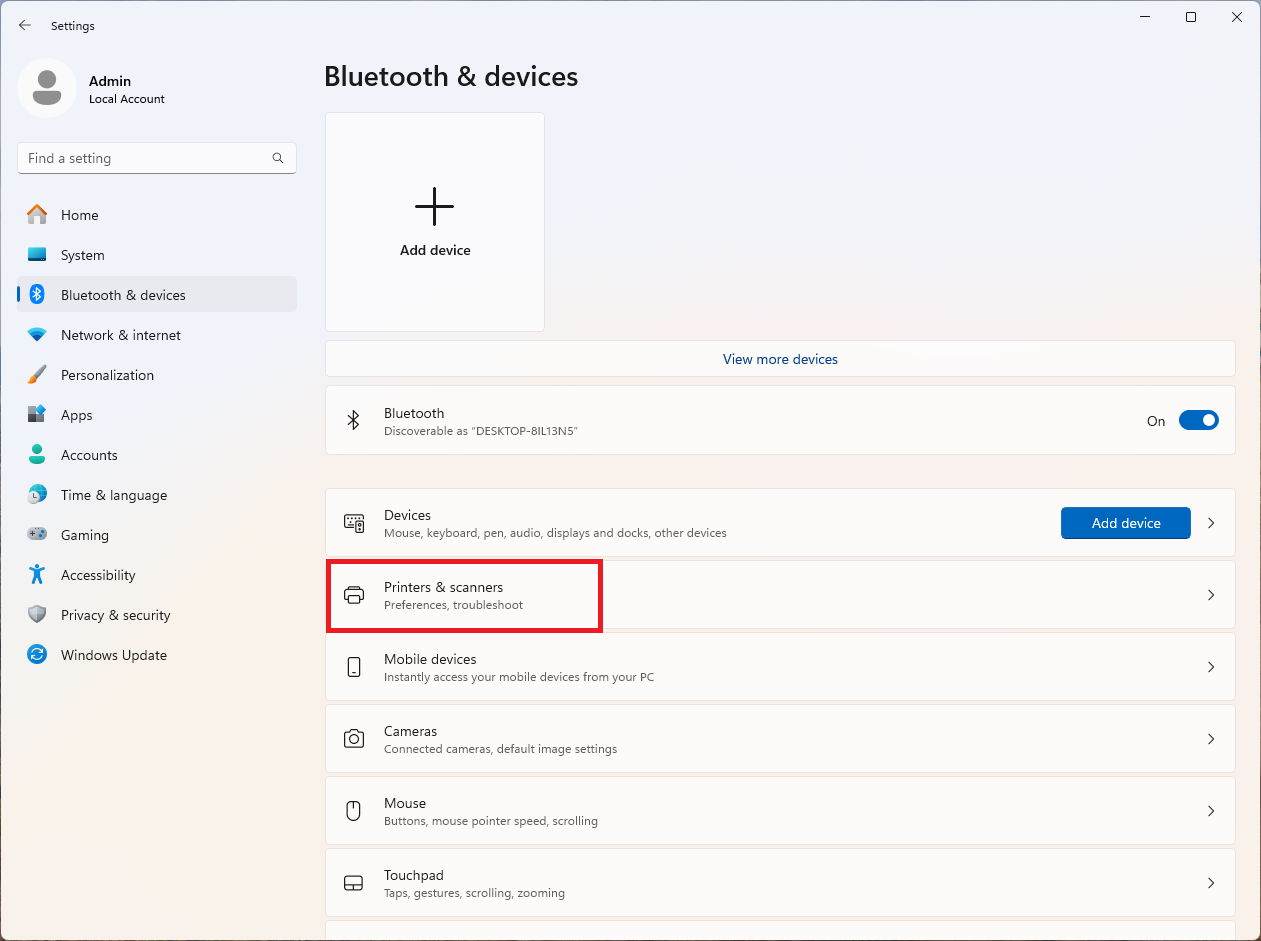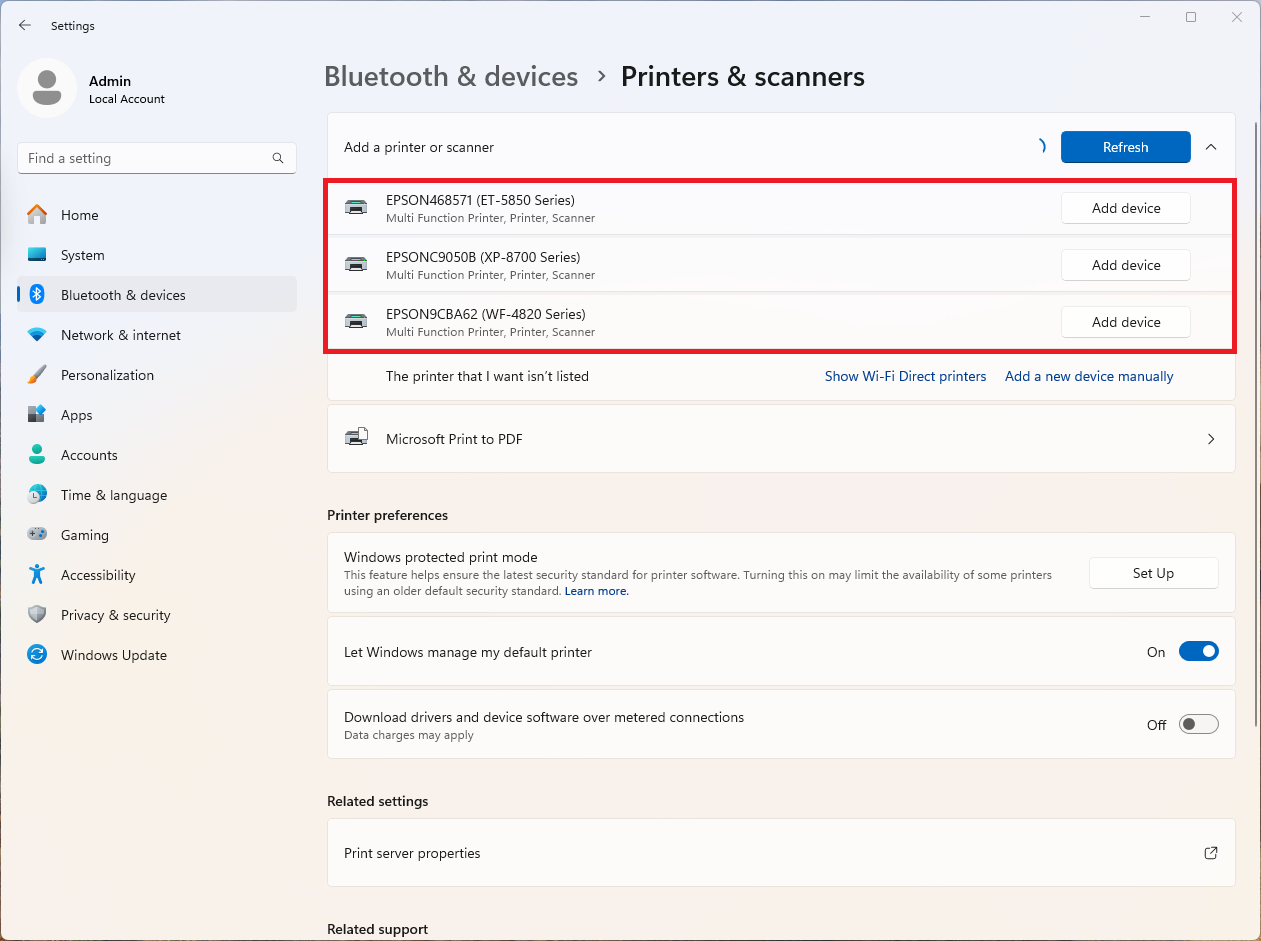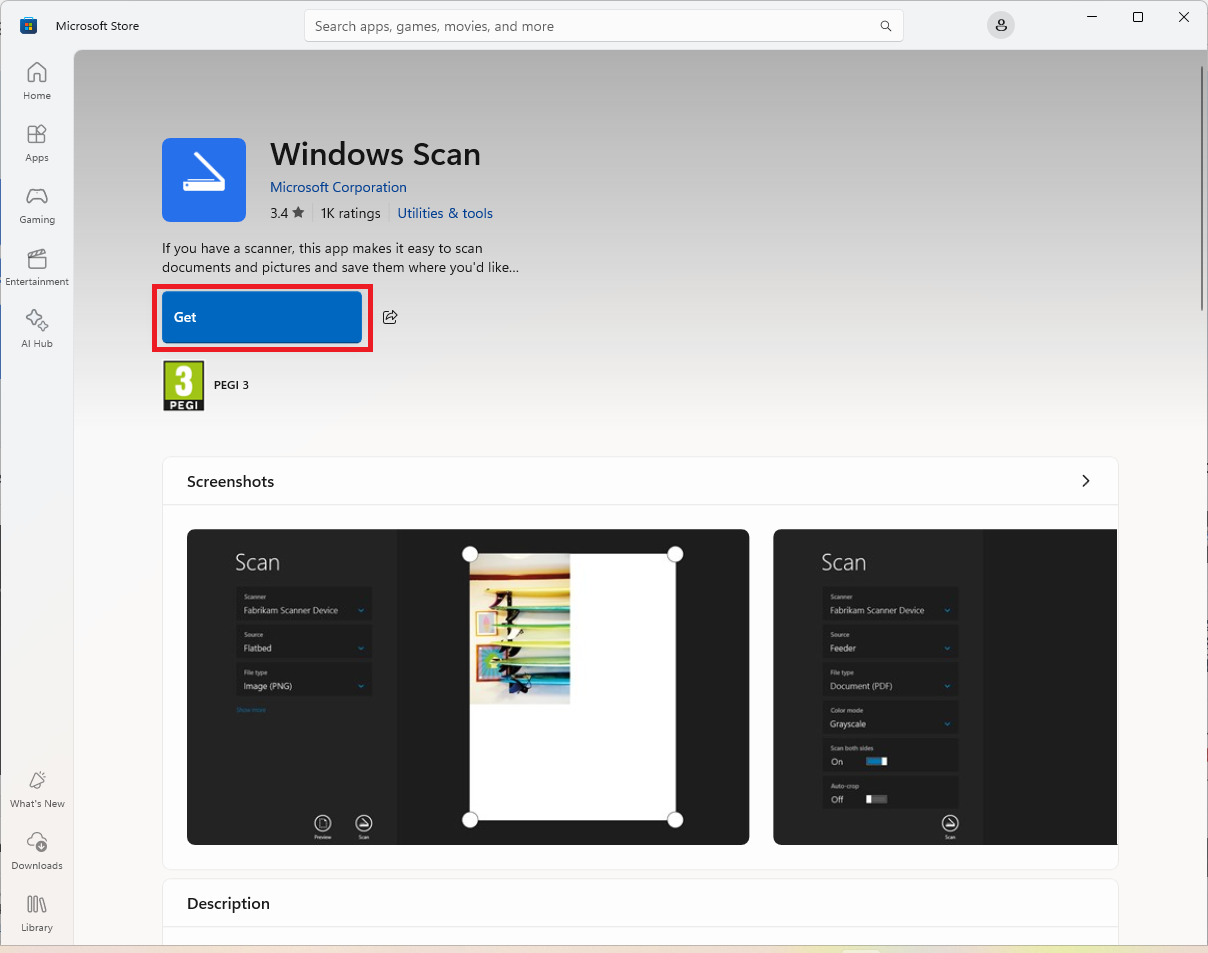Epson and Windows ARM64 Support
What is ARM?
ARM is a different type of processor architecture from the standard Intel x86 and 64-bit Intel architecture used on PCs today. (Even AMD produces chips that are compatible with Intel’s architecture.)
Mobile devices such as iPhone, iPad, and Android phones—along with many other smaller devices—have ARM chips instead of Intel chips inside them.
Will Epson provide support for ARM processors?
Epson has released a new version of the Universal Print Driver v.2.120.00 that can be used to optimise Epson printers with PCs built with ARM processors.
Click here to download the Universal Print Driver v.2.120.00.
Many Epson devices are already supported by a Universal Driver, and the plan is that over the coming months until February 2026 Epson will release specific drivers for supported devices currently sold across Epson’s ranges as well as discontinued devices launched from 2013.
Select your operating systems below for further information.




